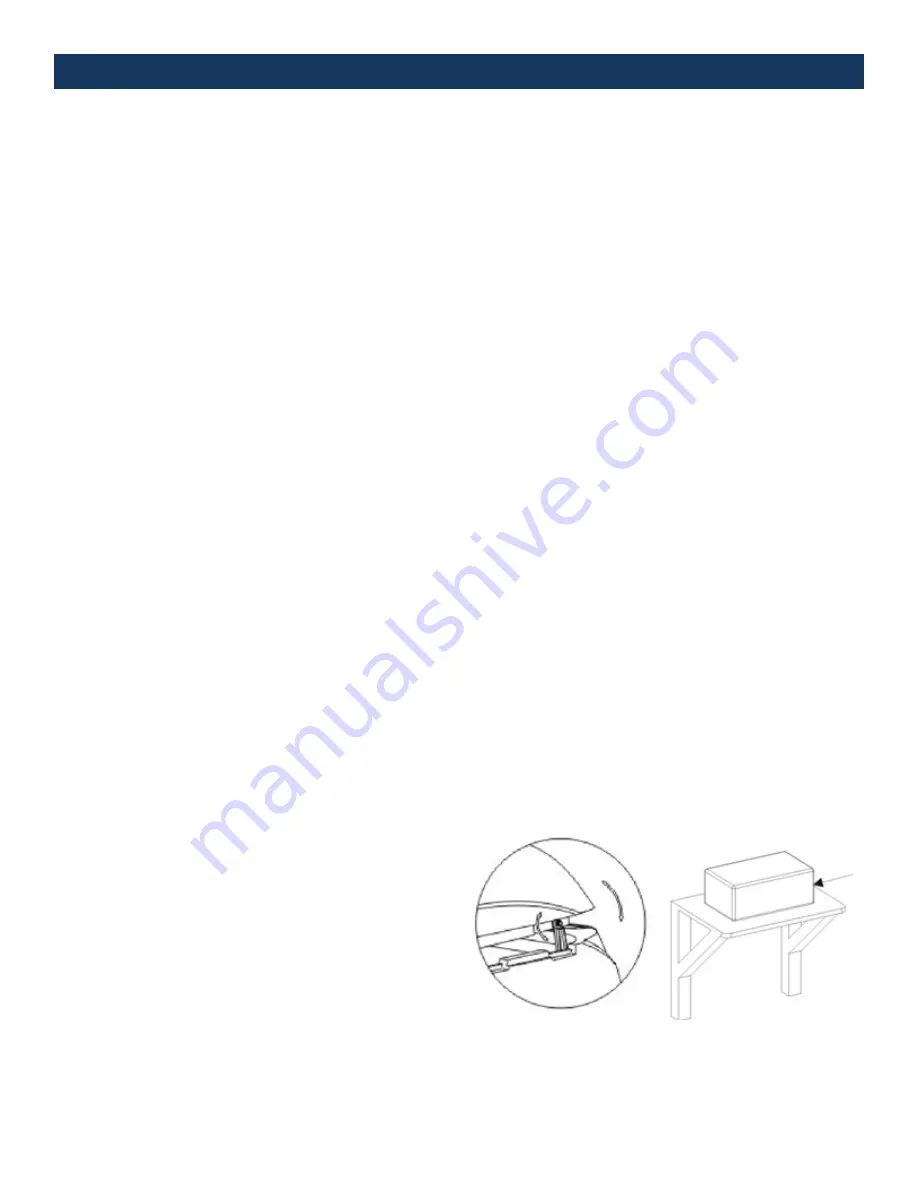
MAINTENANCE AND CHARGE OF BATTERY (CONT.)
(No mineral water, tap water or plain boiled water; never
add any electrolyte arbitrarily). The maintenance battery
is characterized by simple operation, moderate price and
high price, and can have a very good performance ratio if
maintained in good condition.
While using the maintenance-free battery, it is unnecessary
for you to add liquid for its sealed structure. Yet because of
its precision, the operator should pay more attention to the
details in daily use. In case any mistake has been made, it
will cause great economic losses. Though it is unnecessary
to take the cover off when charging the maintenance-free
battery, the specified or configured charger must be in
use. If the charger designed for the common maintenance
battery is used for charging maintenance-free battery, it
could explode. The maintenance-free battery is character
-
ized by strict structure, non- electrolyte leakage, without
adding liquid, longer life than maintenance battery and high
price. Furthermore, the operator should pay more attention
to the details in its daily use. Any minor mistake will cause
great losses. Therefore, it requires the operator to be better
informed or educated in operation.
Whether you choose the battery recommended by our com-
pany or one bought by yourself, you should instruct your
employees to pay more attention to the following cautions:
1. The added distilled water shall not exceed the upper limit
line. If the electrolyte is too full, it will overflow through
the holes in the battery cover. With the characteristic of
conducting electricity, the circuit self discharge will be
formed in case the electrolyte flows between the positive
plate and negative plate. In this situation, the electrolyte
should be wiped off or be washed by boiled water.
2. Resist rust: Besides checking whether it is installed firm
-
ly, pay more attention to the oxide and sulfate produced
by the battery clip. After cleaning the rust, Vaseline may
be applied to resist rust.
3. Cleaning: Keep the battery exterior clean. Always clean
the dust and dirt on the battery cover, as well as the
overflowed electrolyte. This will help to avoid self-
discharging.
4. The liquid height of the electrolyte: the performance of
the battery can be ensured only by remaining the normal
liquid height of the electrolyte.
5. In low temperature: when this machine enters the
low-temperature zone, full discharging of the battery
should be avoided. The charging rate in low temperature
will become slow.
6. Discharge: this machine uses a microcomputer to moni
-
tor the discharging of the battery. When the discharge is
lower than the specified scale, the red light may turn on
to alarm the operator. At that time, the battery should be
charged as soon as possible.
7. If the machine is stored for over 30 days, its battery will
be charged every 20-45 days; otherwise the battery may
be damaged.
8. Remember to charge the battery after finishing the work.
Keeping the battery at full capacity will help to prolong
the lifespan of the battery.
9. Please us the specified charger to charge the battery.
The output voltage of the charger should be matched
with the specified voltage of the battery, and the rated
current should be matched with the capacity of the bat-
tery. Any mismatch between them may cause damages
of the battery or charger.
10. Notice: If the charger designed for a maintenance-free
battery is used for charging the maintenance battery, the
maintenance battery lifespan will be probably be short-
ened for long-term undercharge. If the charger designed
for a maintenance battery is used for charging the main-
tenance-free battery, the maintenance-free battery could
exploded.
Battery Maintenance Tips
1. Take care of the electrolyte volume when using a main-
tenance battery. It’s necessary to avoid the exposing the
polarities to the air or it will cause injury to the electric
volume and the battery lifetime.
2.Check electrolyte volume one time per week in summer,
one time per month in winter.
3.When left unused, continue to charge the battery one
time per month or it will cause battery damage.
4.Try to charge the battery when the red light is on. Contin-
uously charging the battery when it’s not dead will hurt
the battery stability.
5.If the machine has the above problem, please correct the
way its used. It could help to charge and discharge after
using 3-5 times. If the problem is still there, please do a
“deep discharge,” only turn on the brush or squeegee,
charge until the red light flickers. Usually, this would help
after 3 cycles.
6.Hang up the dirty water tank(see figure 14). It is best to
keep the charger from laying directly on the ground. You
can put it on a wall holder (see figure 15), which is good
for ventilating and keeping dry. Ensure the battery has
good heat dissipation.
Figure 14
Figure 15
Charger




























